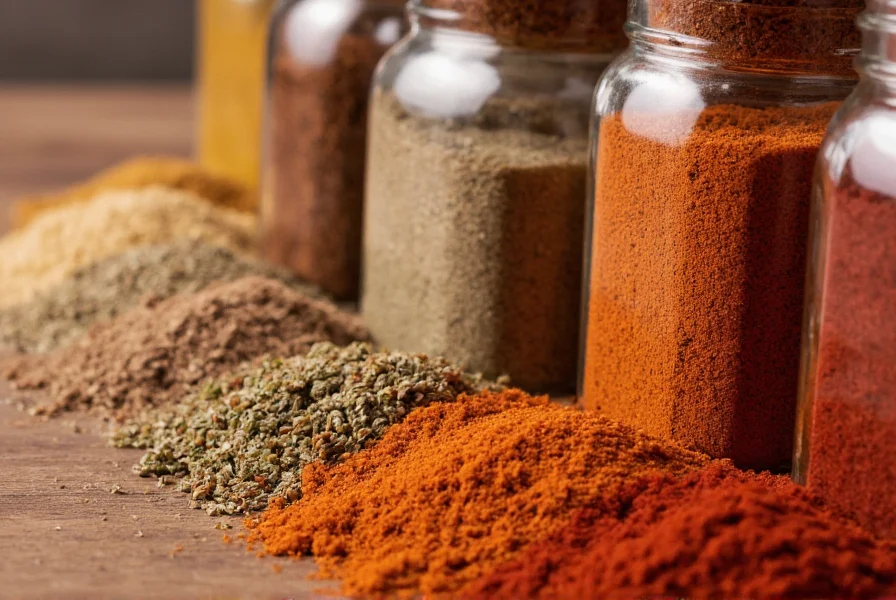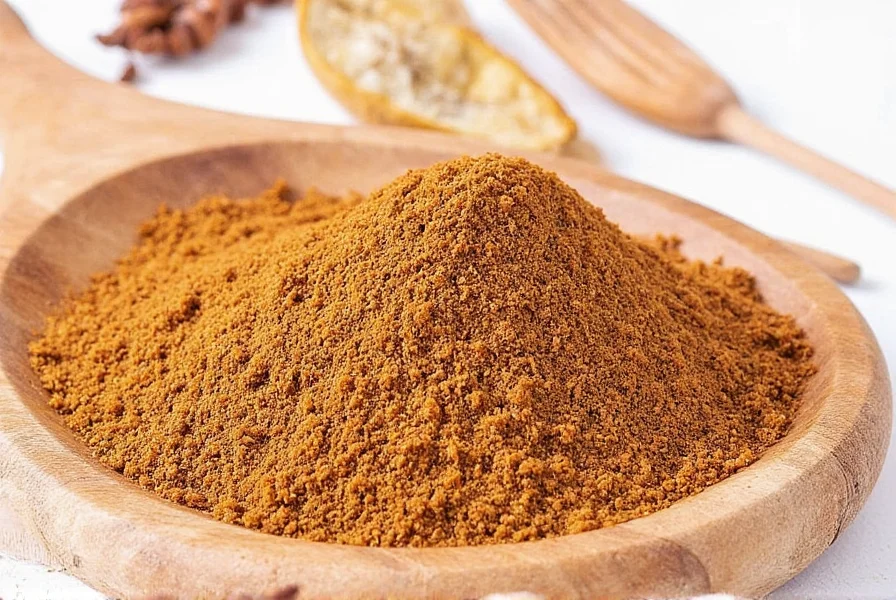Running out of cumin doesn't have to derail your cooking plans. Understanding which spices can effectively replace cumin's distinctive earthy, warm, and slightly citrusy flavor profile ensures your dishes maintain their intended character. The right substitute depends on your specific recipe and flavor preferences, as each alternative brings its own nuances to the table.
Understanding Cumin's Unique Flavor Profile
Cumin provides a warm, earthy base note with subtle citrus undertones and a hint of bitterness that balances rich ingredients. This distinctive profile makes it essential in Mexican, Indian, Middle Eastern, and North African cuisines. When seeking cumin alternatives, focus on spices that offer similar earthiness without overwhelming other ingredients.

Top Cumin Substitutes Ranked by Effectiveness
Not all substitutes work equally well in every recipe. Consider these options based on your specific cooking needs:
| Substitute | Ratio (vs 1 tsp cumin) | Best For | Flavor Notes |
|---|---|---|---|
| Ground coriander | 1:1 | Indian curries, stews | Milder, citrus-forward, less earthy |
| Chili powder | 1.5:1 | Tex-Mex dishes, chili | Includes cumin plus garlic, oregano |
| Paprika + oregano | 1/2 tsp paprika + 1/4 tsp oregano | Mediterranean recipes | Earthy depth without citrus notes |
| Garam masala | 3/4:1 | Indian cuisine | Complex blend with warming spices |
| Caraway seeds | 3/4:1 | Central European dishes | Similar earthiness with distinct anise notes |
Specialized Substitutes for Specific Cuisines
Best cumin replacement for chili recipes
Chili powder makes the most practical substitute when making chili, as most commercial blends already contain cumin along with complementary spices like garlic powder and oregano. Use 1.5 teaspoons of chili powder for every teaspoon of cumin required. For homemade chili powder replacement, combine 1/2 teaspoon paprika, 1/4 teaspoon garlic powder, and 1/4 teaspoon oregano.
Cumin alternatives for sensitive palates
Those who find cumin's strong flavor overwhelming can use ground coriander as a gentler substitute. Coriander offers similar earthiness with brighter citrus notes and less bitterness. Start with a 1:1 ratio but adjust to taste, as coriander's flavor is more delicate. This works particularly well in dishes where cumin plays a supporting rather than starring role.
What to use if you don't have cumin in Indian recipes
For authentic Indian dishes, garam masala provides the most appropriate substitute, though it contains additional warming spices like cardamom and cloves. Use 3/4 teaspoon garam masala for every teaspoon of cumin. Alternatively, create a quick blend of 1/2 teaspoon coriander, 1/4 teaspoon turmeric, and a pinch of cinnamon to approximate cumin's earthiness without overpowering the dish.
Substitutes to Avoid
Some spices commonly suggested as cumin replacements don't deliver comparable results. Avoid using cumin seeds as a direct substitute for ground cumin (they require toasting and grinding for proper flavor release). Similarly, curry powder often contains cumin but varies significantly by brand and may introduce unwanted flavors. Turmeric alone lacks cumin's earthiness and primarily adds color without the necessary flavor profile.

Creating Your Own Custom Cumin Substitute Blend
For the most versatile cumin replacement, make this simple blend that works across multiple cuisines:
- 1 tablespoon ground coriander
- 1 teaspoon paprika
- 1/2 teaspoon garlic powder
- 1/4 teaspoon oregano
- Pinch of black pepper
Mix these ingredients thoroughly and store in an airtight container. Use 1 teaspoon of this blend for every teaspoon of cumin required in your recipe. This combination captures cumin's earthy warmth while providing balanced flavor notes that work in most applications where cumin would typically be used.
When Substitution Isn't Enough
Some recipes rely so heavily on cumin's distinctive flavor that substitutes can't fully replicate the intended taste. Dishes like traditional chili con carne, certain Indian biryanis, and Moroccan tagines may lose their authentic character without real cumin. In these cases, consider adjusting your menu rather than compromising the dish's integrity. However, for most everyday cooking applications, the substitutes listed above will maintain your recipe's essential character while working with what's available in your pantry.











 浙公网安备
33010002000092号
浙公网安备
33010002000092号 浙B2-20120091-4
浙B2-20120091-4